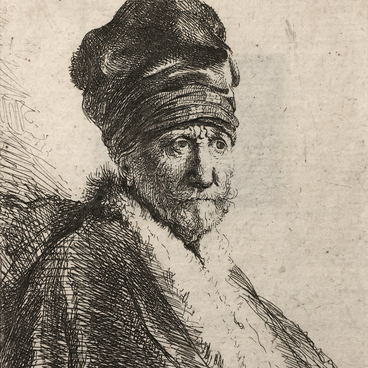In 1812, the French historical painter of German origin Carl Wilhelm von Steuben (1788–1856) completed the painting “Peter I During a Storm on Lake Ladoga Saves Drowning People”. Among the first to see this work were visitors to the Paris Salon, the painting made such an impression on Napoleon I that the French emperor purchased it.
The popular painting inspired artists to create imitations of von Steiben’s work. In the first half of the 19th century, the Russian battle painter Alexander Yevstafiyevich Kotzebue (1815–1889) turned to the same subject: he painted a reduced copy of the painting. Subsequently, the French artist’s composition was used as the basis not only for engravings, but also for tapestries, clocks and other works of decorative and applied art.
The engraving in the collection of the Kaliningrad Regional Museum of History and Art is probably a variation of this story, albeit with significant changes. The story is based on the legend about the death of Peter the Great, who caught a cold while rescuing fishermen drowning on Lake Ladoga.
The engraver positioned the Emperor at the helm in the stern of a small skiff in the middle of a raging lake. Peter I is dressed in winter clothes, his head is not covered, and there is an insignia of the Order of St. Andrew the Apostle on his chest. The mast is broken, with a sailor’s hand around it. Other figures huddled in panic on the bow of the skiff. The Emperor, stretching out his free hand, calms them.
This print depicts the Russian emperor as a kind of demigod, stern and strong, able to subdue the raging elements. The composition of this print is not quite ordinary: unlike other characters, the emperor is depicted in full height, but not in the center of the sheet; his figure is slightly shifted to the right. He is separated from the sailors and commoners by a certain distance, a pause, which means that Peter is both among them and detached from them at the same time, as a man of a completely different status and disposition.
The engraver emphasized
the contrast between the characters: the desperate, disoriented fishermen and
the fearless emperor. The scene is heavily theatrical: the gestures of the
characters are cartoonish and showy.


